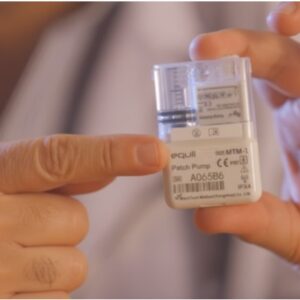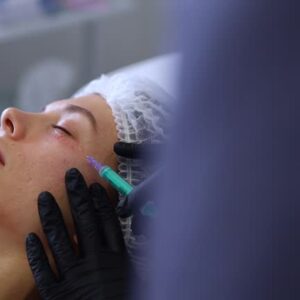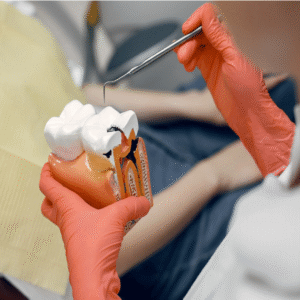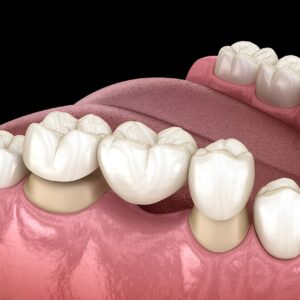Platelet-Rich Plasma (PRP) hair treatment has gained significant popularity as a non-invasive solution for hair thinning and hair loss. This innovative procedure involves using your own blood, which is processed to concentrate platelets rich in growth factors, then injected into the scalp to stimulate hair growth. It appeals to individuals seeking natural restorative options without surgery or medication. The effectiveness of PRP Hair treatment Abu Dhabi on thin hair specifically is a common concern among those affected, prompting questions about its suitability and potential results.
Understanding How PRP Hair Treatment Works
The Process of PRP Therapy
PRP therapy begins with drawing a small amount of blood from the patient, which is then spun in a centrifuge to separate the plasma from red blood cells. The resulting platelet-rich plasma, packed with growth factors, is injected into targeted areas of the scalp. These growth factors are believed to activate dormant hair follicles, promote cellular regeneration, and increase blood supply to the scalp, fostering a healthier environment for hair growth.
How It Stimulates Hair Growth
The growth factors released by the platelets are thought to enhance the natural hair growth cycle. They can prolong the anagen (growth) phase of hair follicles, strengthen existing hairs, and potentially revive miniaturized follicles that have become thin or weak. This process can lead to denser, thicker hair over time, particularly beneficial for those experiencing early stages of thinning.

Effectiveness of PRP on Thin Hair
Does PRP Hair Treatment Work on Thin Hair?
The question of whether PRP Hair treatment is effective for thin hair is multifaceted. Generally, individuals with early-stage thinning or miniaturized follicles tend to see more favorable outcomes. The treatment’s ability to stimulate hair growth hinges on the health and vitality of existing hair follicles. For thin hair caused by factors like androgenetic alopecia, PRP can potentially improve hair density and thickness by revitalizing these follicles. However, the extent of results varies based on individual conditions, the severity of thinning, and the body’s response to therapy.
Factors Influencing Results
Several factors determine the success of PRP on thin hair, including the degree of follicular miniaturization, scalp health, and overall hair density. Patients with mild to moderate thinning often experience noticeable improvements, while those with extensive hair loss may require adjunct therapies or alternative solutions. Consistency in treatment sessions and adherence to recommended protocols also play critical roles in achieving optimal outcomes.
Benefits of PRP Hair Treatment for Thin Hair
Natural and Safe Approach
PRP offers a natural approach by using the patient’s own blood, minimizing the risk of allergic reactions or adverse effects. Its minimally invasive nature ensures minimal discomfort and downtime, making it an attractive option for many.
Stimulating Hair Growth and Improving Density
The primary benefit is the stimulation of hair follicles, leading to increased hair density and improved scalp coverage. For individuals with thin hair, this can translate into a fuller, thicker appearance, boosting confidence and overall hair health.
Complementary Treatment with Other Therapies
PRP can be combined with other treatments such as low-level laser therapy, medications, or hair transplantation to enhance results. This synergy can be particularly advantageous for those with thin hair seeking comprehensive solutions.
What to Expect During and After PRP Treatment
The Treatment Session
Each session typically lasts around 60 minutes. After preparing the scalp with a numbing agent to reduce discomfort, the practitioner injects the platelet-rich plasma into multiple sites on the scalp. The procedure is generally well-tolerated and requires minimal recovery time.
Post-Treatment Care and Results Timeline
Post-treatment, patients may experience mild swelling, redness, or scalp tenderness, which usually resolve quickly. Visible improvements in hair density can take several months, often around 3 to 6 months post-therapy, as hair follicles undergo regeneration and growth cycles. Multiple sessions are often recommended to achieve the desired results.
Who is an Ideal Candidate for PRP on Thin Hair?
Suitability for Different Hair Types
PRP is suitable for individuals with early to moderate thinning, especially those with miniaturized follicles that still retain some capacity for growth. Candidates should have good scalp health and realistic expectations about the outcomes.
When to Consider PRP Therapy
Patients noticing initial signs of hair thinning or seeking to prevent further loss are ideal candidates. Consulting with a qualified specialist is essential to determine candidacy and tailor a treatment plan.
Limitations and Expectations
While PRP can significantly improve hair density and health, it may not fully restore thick, dense hair in advanced cases of baldness. Understanding the realistic scope of results helps manage expectations and guides patients towards the most appropriate treatment options.
Conclusion: Is PRP Hair Treatment Suitable for Thin Hair?
In summary, PRP Hair treatment in Abu Dhabi can be an effective option for those with thin hair, particularly when the thinning is in its early stages. It offers a natural, minimally invasive method to stimulate hair growth, improve thickness, and enhance scalp health. While individual results vary, many patients find PRP to be a valuable component of their hair restoration journey, especially when combined with a comprehensive hair care plan.
FAQs
1. How many PRP sessions are typically needed for thin hair?
Most patients undergo a series of 3 to 4 sessions spaced about a month apart, with maintenance treatments recommended every 4 to 6 months to sustain results.
2. Can PRP prevent further thinning in thin hair?
Yes, PRP can help strengthen existing hair follicles, potentially slowing or halting the progression of thinning when administered early.
3. Is PRP suitable for all hair types with thin hair?
PRP is generally suitable for most hair types experiencing early to moderate thinning, but a consultation with a specialist is necessary to assess individual candidacy.
4. How soon will I notice improvements after PRP treatment?
Initial improvements might be visible after 3 to 4 months, with continued thickening and density improvements occurring up to 6 months post-treatment.






